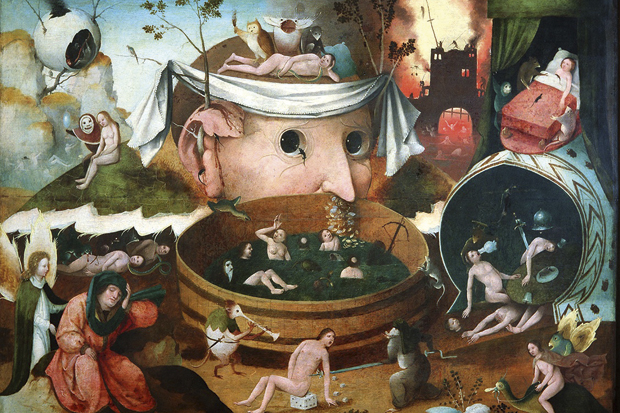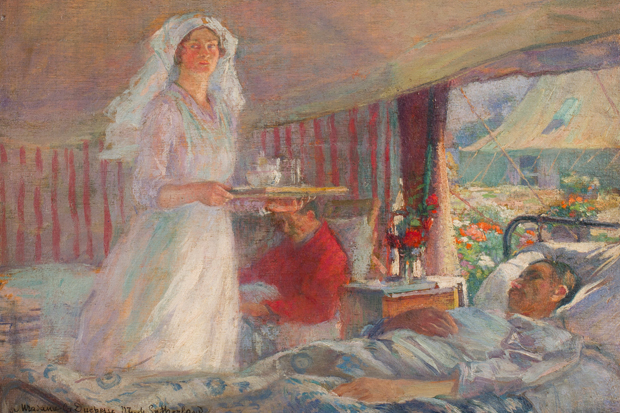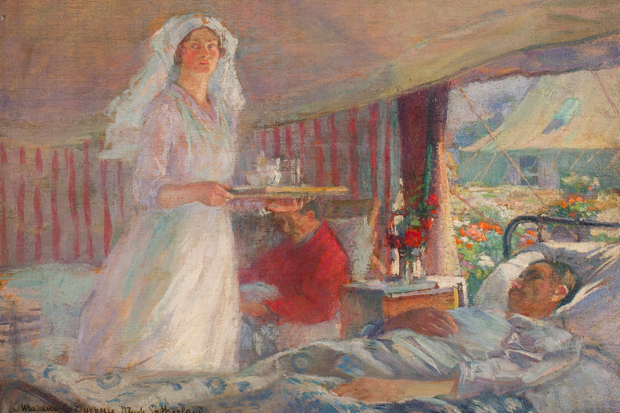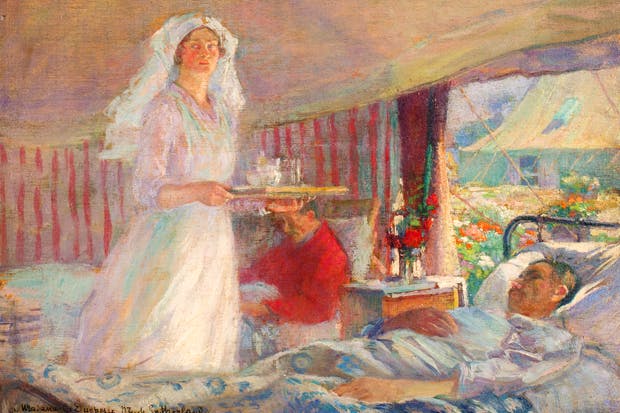The exhibition The Renaissance and Dream at the Musée du Luxembourg in Paris (until 26 January 2014) explores how artists have wrestled with the furthest limits of the imagination, in forms ranging from the muscular elegance of Michelangelo to the luminous naivety of Lorenzo Lotto.
In tackling a subject as inexhaustibly popular as dreams, the exhibition has avoided being either nebulous or anachronistic. Freudian psychoanalysis is mentioned only once in passing, and the paintings are allowed to speak for themselves. What’s more, these artists were not depicting their own dreams. They were plundering from history, myth and religion in a quest for vision unimpeded by time, place or conventional imagery. The representation of dreams is claimed as a metaphor for art itself: a space of hermetic separation and unconscious creativity, perhaps even the product of divine inspiration. But works such as Jacopo Zucchi’s ‘Amor and Psyche’ and El Greco’s ‘The Dream of Philip II’ suggest that dreams became an excuse to present humanity at its most fleshy, anchored by the materiality of paint and canvas.
The show crescendoes with the nightmarish visions of Hieronymus Bosch and his followers (see ‘Tondal’s Vision’, above), great sagas of intricate horror dredged up from a dark cultural imagination. As such, this is an interesting counterpart to the Louvre’s concurrent The Springtime of the Renaissance, which sings of gilded genius. In the allegorical imagery of dreams, vision is always something difficult, even dangerous — the charged shadows cast by the light of a golden age.
Got something to add? Join the discussion and comment below.
Get 10 issues for just $10
Subscribe to The Spectator Australia today for the next 10 magazine issues, plus full online access, for just $10.
You might disagree with half of it, but you’ll enjoy reading all of it. Try your first month for free, then just $2 a week for the remainder of your first year.














Comments
Don't miss out
Join the conversation with other Spectator Australia readers. Subscribe to leave a comment.
SUBSCRIBEAlready a subscriber? Log in